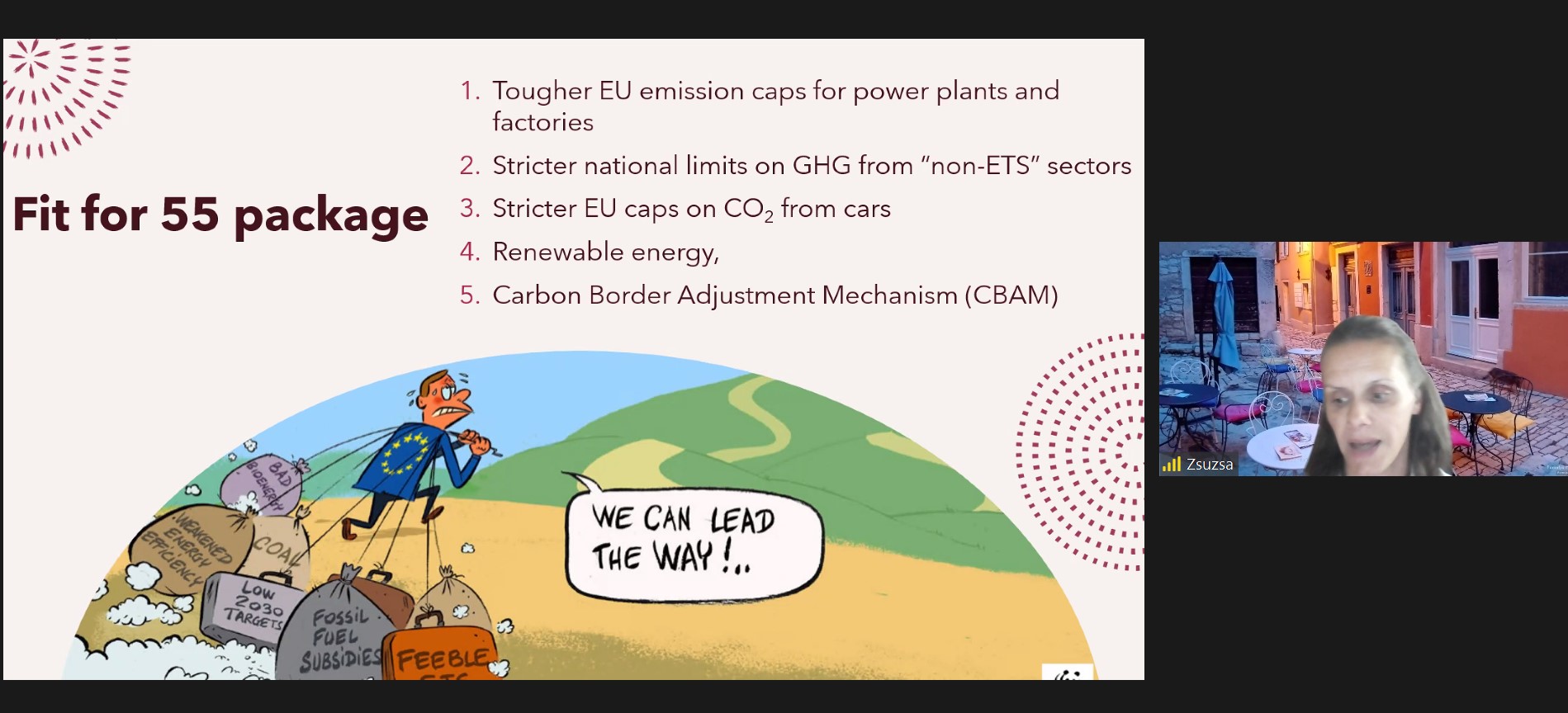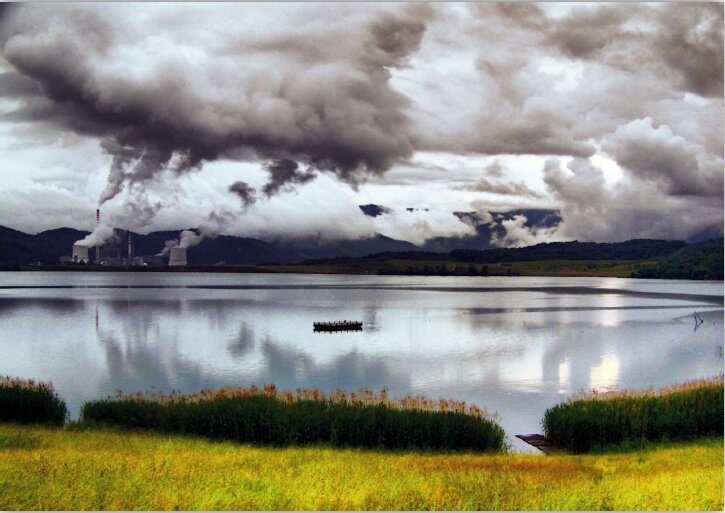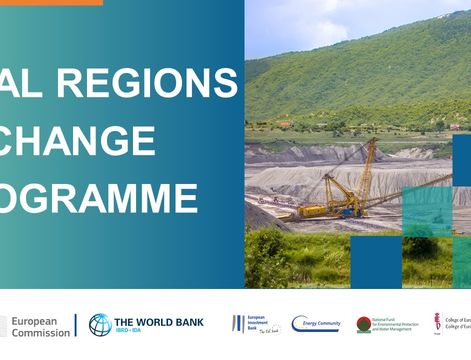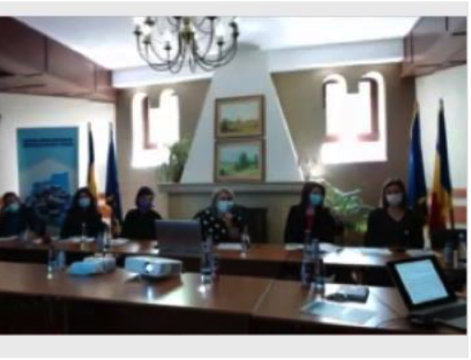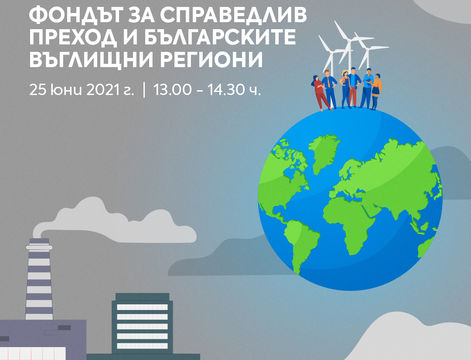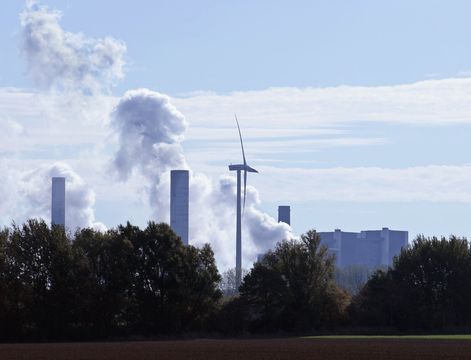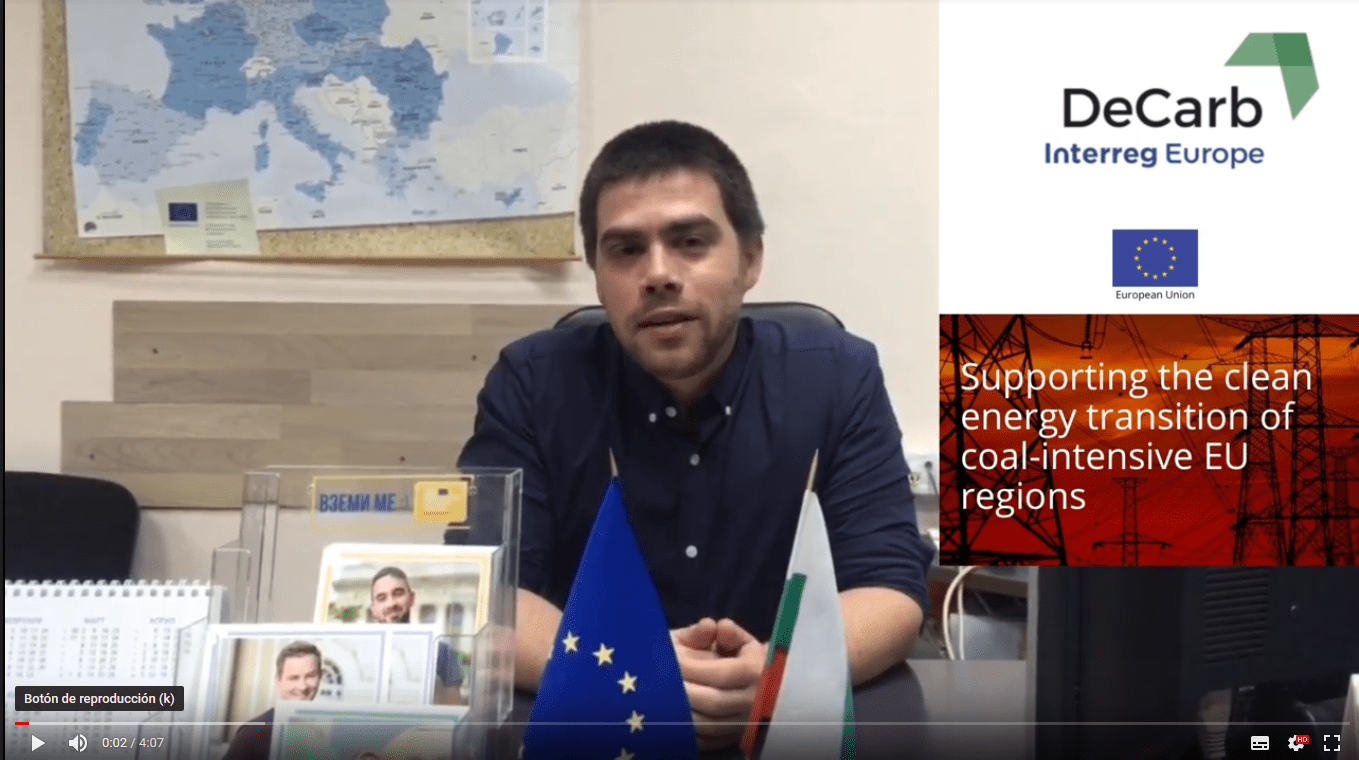The Ministry of Infrastructure of the Republic of Slovenia has initiated the public consultation process for the draft of the national strategy for phasing out coal and restructuring of coal intensive regions Zasavje and Savinjsko-šaleška. The main focus of the restructuring process for Slovenia is the Savinjsko-šaleška region where the Velenje Coal Mine and the Thermal Power Plant Šoštanj, both of great national significance to the national energy supply, still operate. The public consultation process will take place until the 15th of April 2021.
The national strategy developed by Deloitte foresees 3 predefined scenarios for the phasing out of coal in the region. Scenario A (formerly known as the “ambitious” scenario, in the new draft titled the “Hospitable region”) foresees a complete phasing out of coal by 2033, while scenarios B (previously the “Financially sustainable” scenario, newly named “From coal to entrepreneurship”) and scenario C (now known as the “Harmonious” scenario) set a timellines for the closure by 2038 and 2042 respectively.
The revised draft of the strategy in relation to the previous version issued in October 2020 has moved up the projected timeline for the closure of the Velenje Coal Mine to 2033 following an updated environmental impact analysis provided by the consortium of expert organizations spearheaded by the Milan Vidmar Electric Power Research Institute. The environmental impact analysis covering 20 indicators from areas related to health, environmental protection, sustainable use of resources, natural heritage and landscape indicates only one discretion between outlined scenarios - the mitigation and adaptation to climate change (Zero greenhouse gas emissions gases by 2050, coordinated by EU). Evaluations for all other 19 indicators of the comprehensive analysis are otherwise the same for all three scenarios.
Scenario A foresees the phasing out of coal by 2033. In this way, Slovenia would have followed most ambitious EU member states that plan the coal exit by the year 2030. The scenario is currently presented as the only acceptable one in terms of climate change mitigation being that significant impacts could occur after 2035, when Šoštanj’s Thermal Power Plant emissions should exceed the cumulative GHG limits for the period 2021-2050 and additional measures would become necessary.
After 2033, Šoštanj’s Thermal Power Plant financial operations should (based on these Strategy’s assumptions) become increasingly unsustainable due to the expected cost pressure as a result of rising prices of carbon emission allowances. The requirements for hiring new personnel in the Velenje Coal Mine are already minimized relative to the necessary capacity that still allows the proper functioning of the coal mining activities and even once the coal mine initiates the closure several hundreds of experienced staff members which will still remain working on the site for several years. The biggest issue is therefore not redundant workers per se, but rather the timeline mismatch on how to carry out the shutdown so as to uphold the personnel structure that will allow for the effective and safe implementation of coal mining activities with which it will still be able to service the requirements of the Thermopower plant Šoštanj, while establishing new opportunities for younger employees that will not be able to continue their careers in coal mining activities past the closure date.
Regarding the fact that this scenario offers a 12-year window of opportunity for a comprehensive restructuring of both the region’s and Slovenian’s energy system, it also requires the most ambitious approach towards achieving regional development priorities. It requires well-coordinated, feasible investments in development projects with great multiplication potential for facilitating the required job growth and economic restructuring within the private sector. Political support represents an essential aspect for promoting the change, but it also poses the risk for success of achieving the objectives of fair transition in a relatively short period of time.
The strategy, currently under consideration, also defines the strategic and operational goals of the region’s fair transition, which are:
- Just energy transition of both Slovenia and the SAŠA region.
- Revitalization of spatial and environmental degraded areas.
- Additional regional connectivity and promotion of sustainable mobility.
- Sustainable, flexible, and diverse economic development of the region.
- Increased employment and retraining of the citizens.
Author: Matevž Šilc.
Source: Republika Slovenija, Ministrstvo za infrastrukturo. Marec 2021. Nacionalna strategija za izstop iz premoga bit.ly/2PyhtDc.



